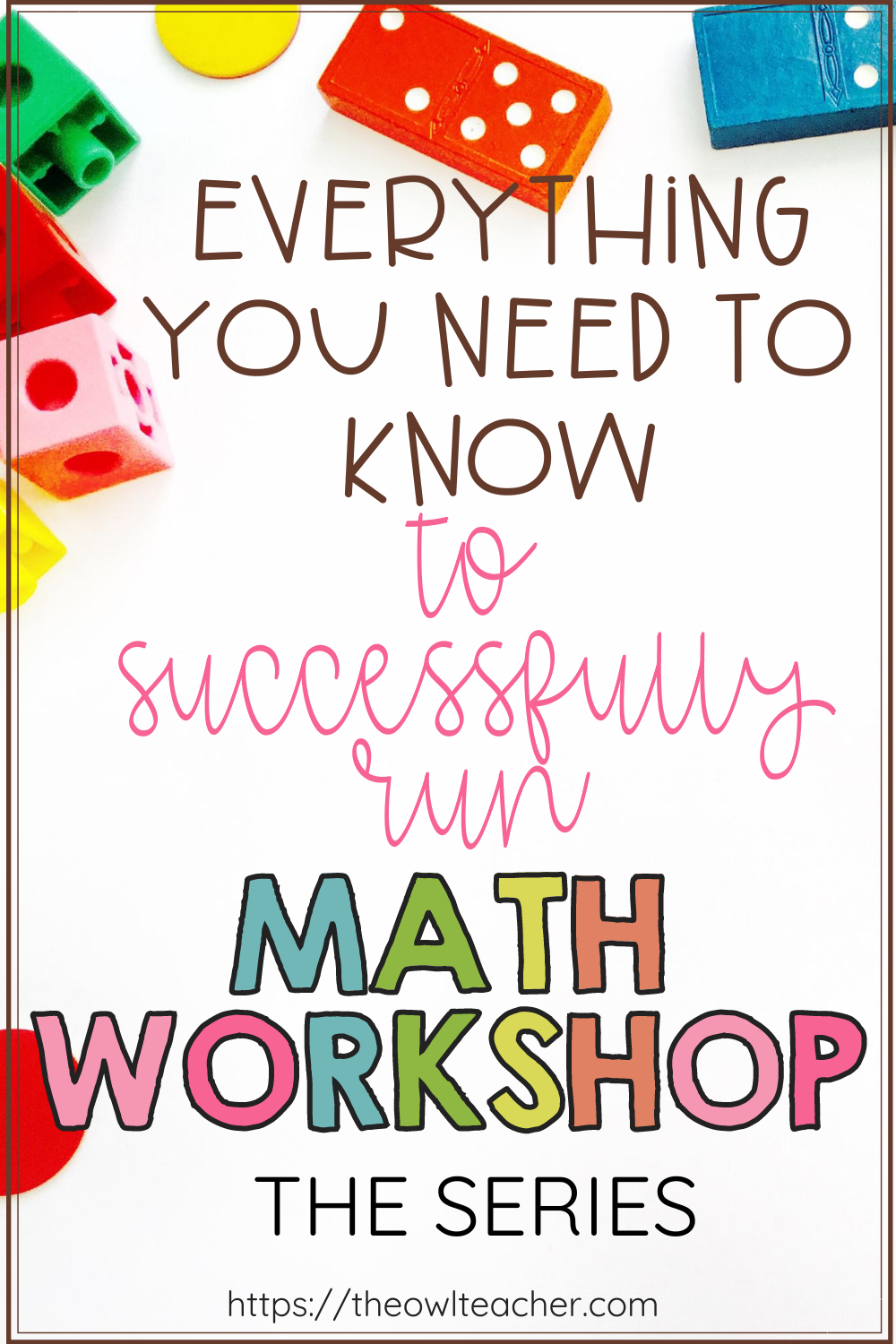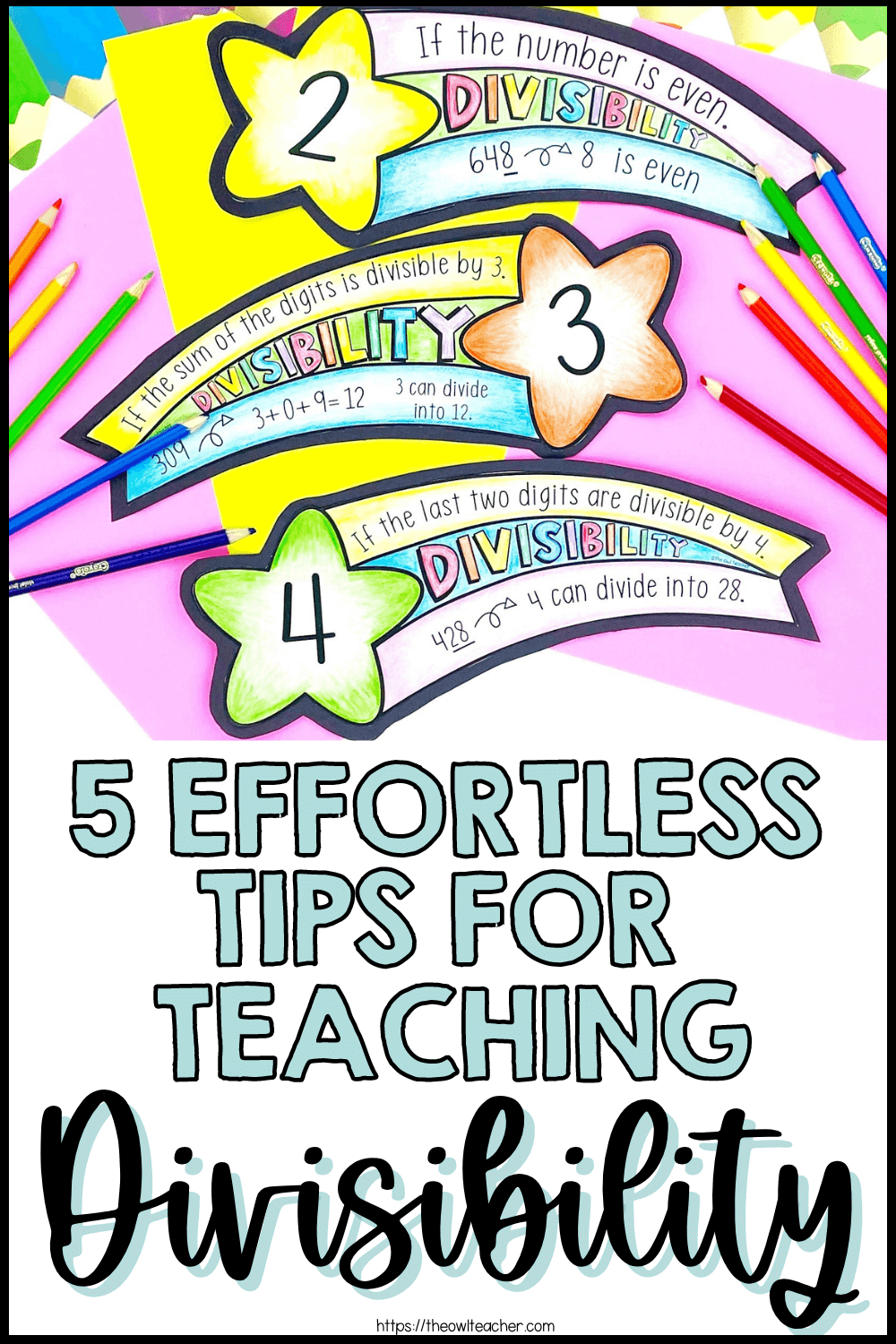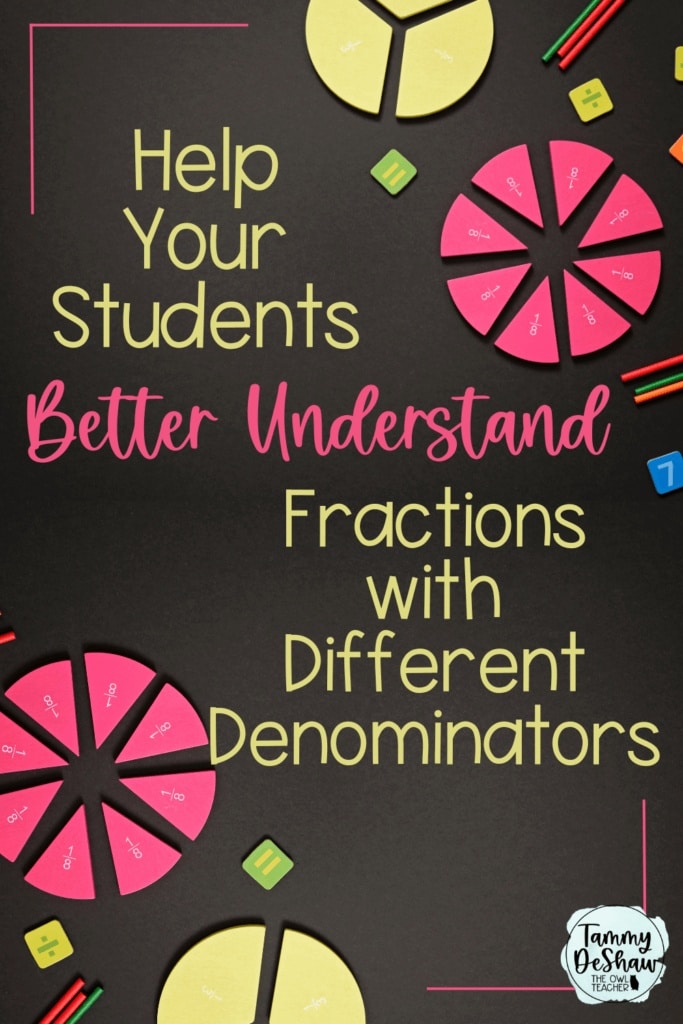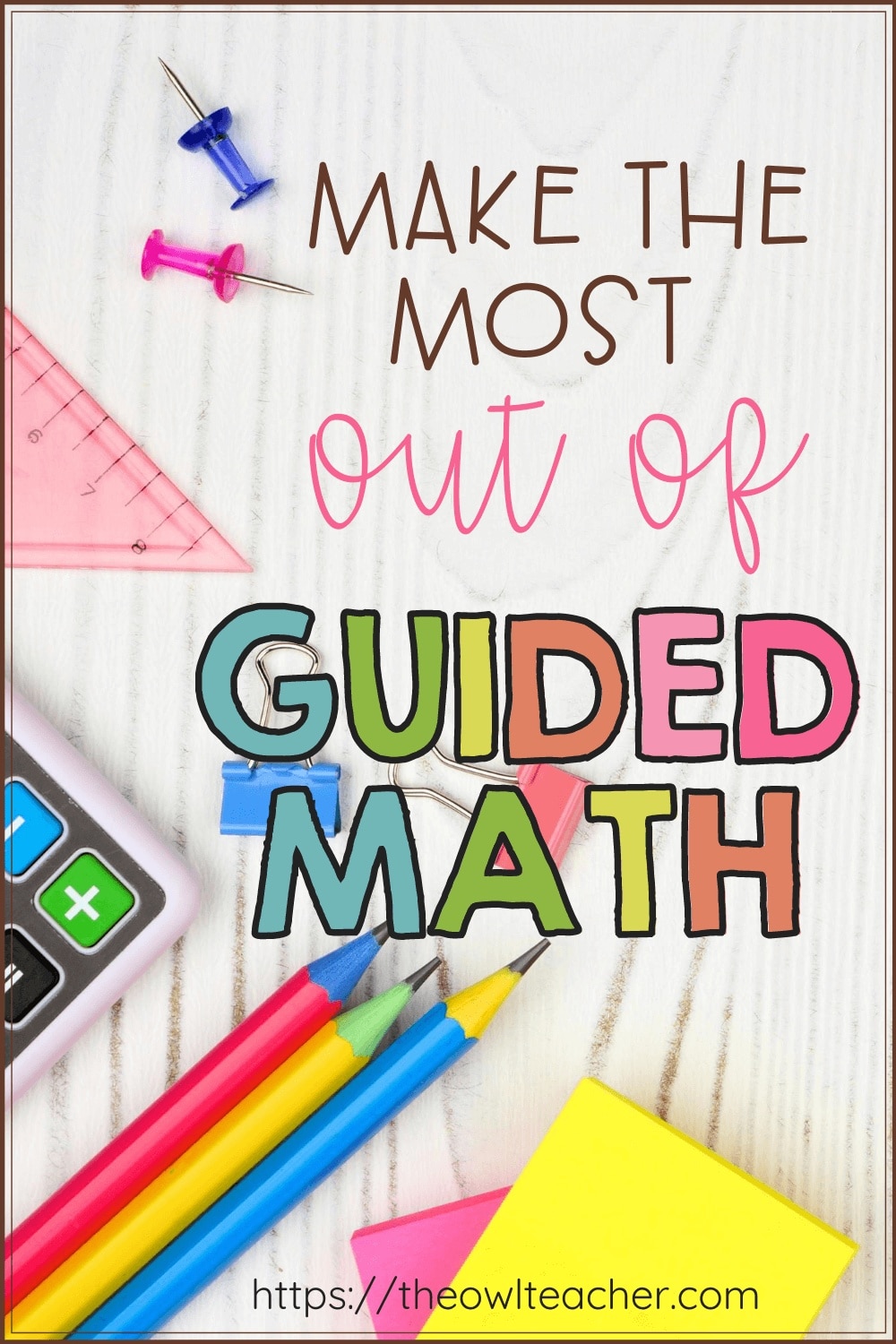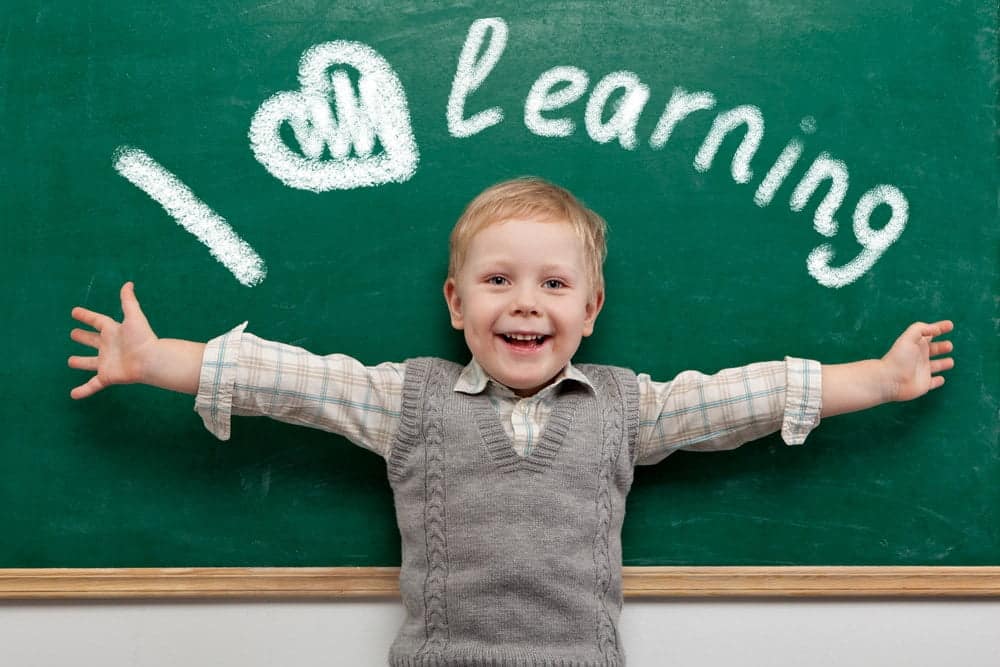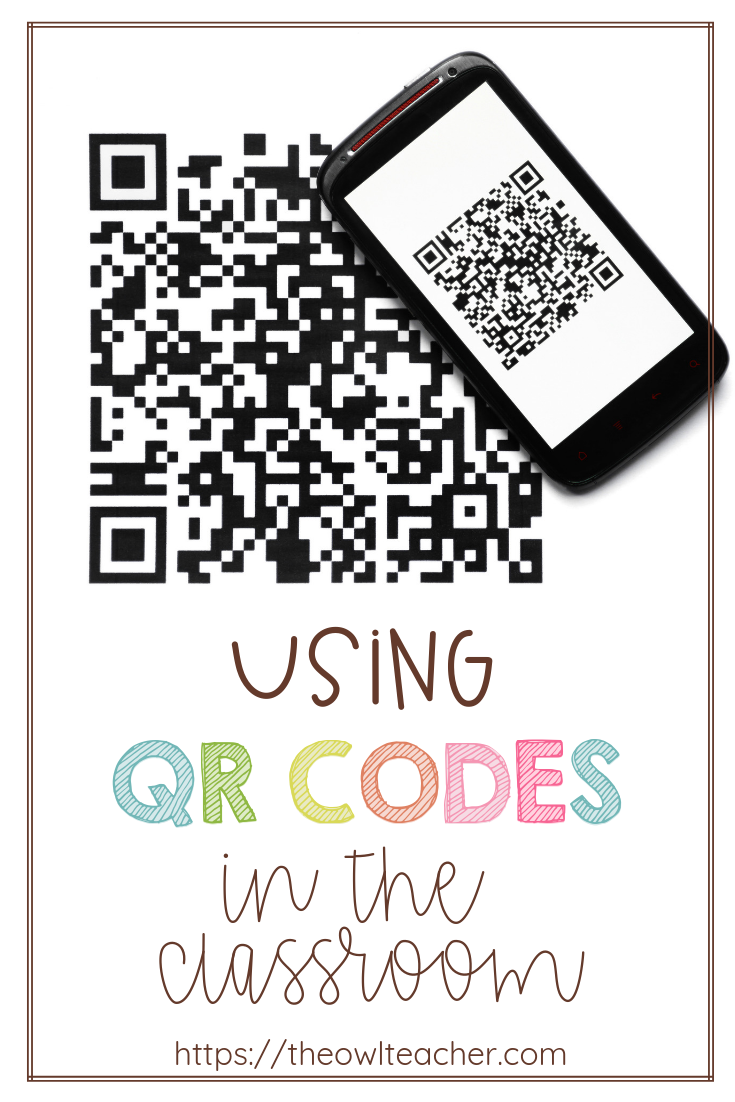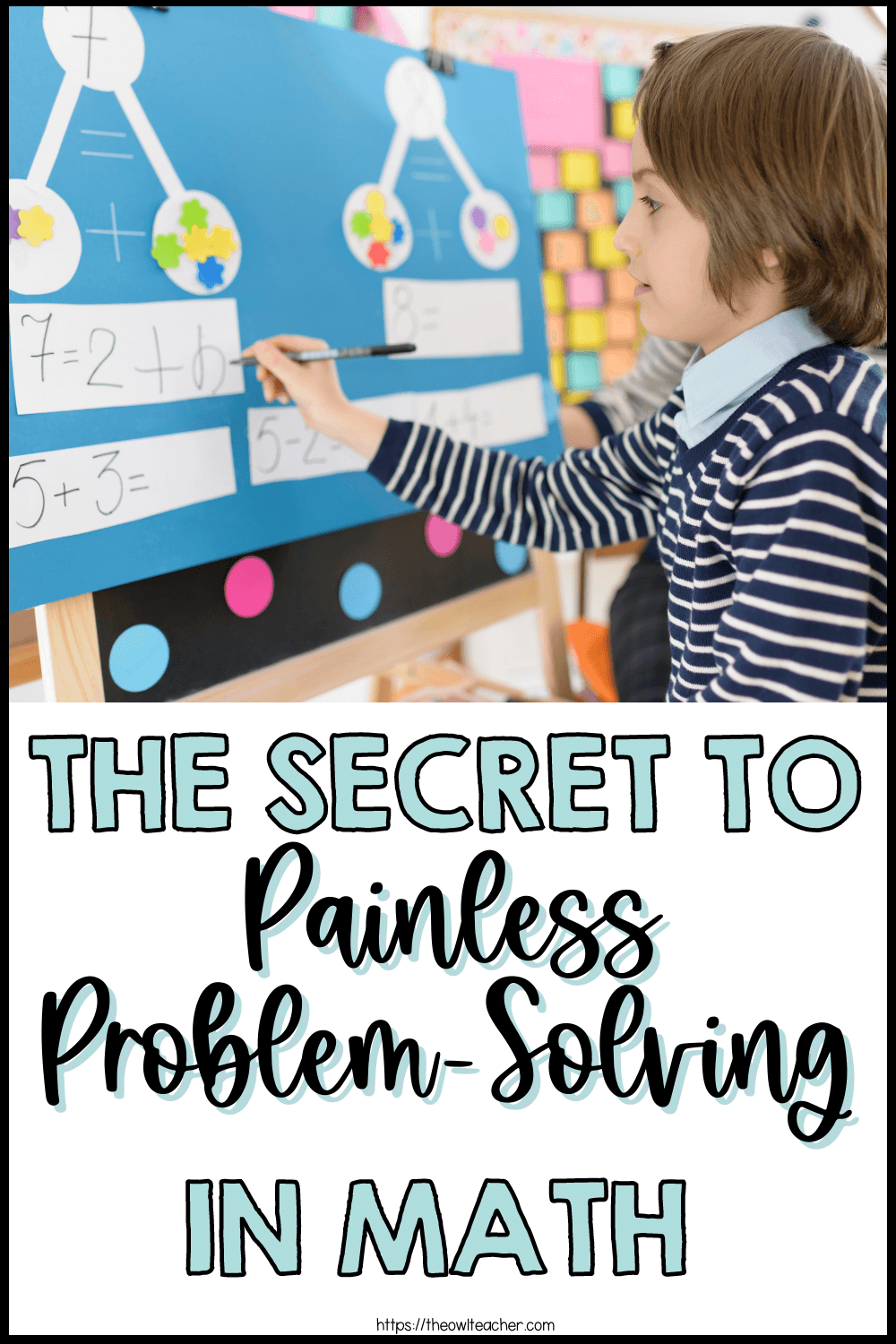
I’m going to say it: problem-solving in math will be tough.
Think about strolling into your classroom an hour from now and launching right into a problem-solving lesson in your elementary kiddos. What’s your knee-jerk response? What sorts of feelings are stirred up on the thought? I’m prepared to wager that you simply aren’t precisely grinning from ear to ear or leaping for pleasure.

Downside-solving in math is usually a subject that we educators are likely to tiptoe round till completely needed; in any case, the subject doesn’t precisely evoke optimistic emotions. Downside-solving is, frankly, exhausting to show, exhausting to be taught, and may be very usually misunderstood. As well as, the topic is riddled with unwarranted and inaccurate beliefs concerning the nature, position, and means of problem-solving due largely to prior math nervousness and emotions of inadequacy. Taken altogether, the character of those elements reveals the pièce de résistance of the problem-solving battle: flawed methodology.
Historically, most faculties have taught problem-solving in line with the advisable methods from dusty outdated textbooks. For many years, we’ve been led to imagine that the topic is greatest taught with Polya’s four-step methodology (who doesn’t love a superb four-step mannequin foldable?), then successfully taught an unlimited array of methods: working backward, making a desk, logical reasoning, and so forth. To our college students, we offer a view that phrase issues are nothing greater than cleverly disguised computational workouts that may be simply solved utilizing “key phrases” or by merely figuring out the operation at work. Is that ringing any bells?
 I’m prepared to wager you acknowledge this explicit problem-solving mannequin!
I’m prepared to wager you acknowledge this explicit problem-solving mannequin!
Nice–now put these bells away. It’s time to rehash these outdated methods of considering.
The WRONG Method to Educate Downside-Fixing
Educating Downside-Fixing as a Separate Subject
Whereas we do see phrase issues slapped on on the backside of worksheets or on the finish of pages of a lesson, it appears extra frequent to search out a complete web page devoted to a particular technique on the tail finish of a chapter (although these pages are sometimes separate and will be tough to reconcile with the overarching lesson). Some lecture rooms have a devoted day of the week for problem-solving or have even created a separate unit totally for the topic. Oh, and who amongst us isn’t conversant in the favored “downside of the day” actions?
Utilizing Phrase Issues as a Trojan Horse
Everyone knows the story of the Computer virus used to win the town of Troy. Whether or not intentional or not, many lecturers have a tendency to show problem-solving by means of phrase issues, like a modern-day spin on the hole horse of Greece. By hiding problem-solving in these phrase downside methods, it begins to appear like educating problem-solving can solely be finished by means of phrase issues!
Each time I see a textbook or worksheet associated to the topic, the very first thing I discover are the phrase issues provided on the backside to assist youngsters problem-solve. I do know that some sheets convey variety within the type of sudoku puzzles, logic puzzles, and different math puzzles to assist construct vital considering, however it isn’t fairly the identical. Additional, these puzzles are sometimes not supplied with any significant context, and may even be extra complicated if describing locations, issues, folks, or something unfamiliar.
Educating Heuristics and Methods by way of Prescribed Drill and Apply
Wait, Tammy… Are you throwing shade on the Polya mannequin?!
Nicely… Sure and no. Downside-solving heuristics corresponding to Polya’s “learn, plan, resolve, verify” mannequin are nonetheless splendid ideas for broaching the topic. The assorted methods (trial and error, discovering patterns, and so on.) will be helpful, too! Certainly not am I telling you to overlook every thing you realized in school–in any case, I’m an elementary instructor, not a tenured professor. Nonetheless, these ideas usually are not the end-all-be-all of problem-solving. In actual fact, I’d warn fellow educators towards relying solely on these beliefs, particularly when used along with any drill-and-practice strategies.
Once we present youngsters with a scientific strategy to problem-solving, even not directly, it does little to enhance their capacity to resolve math issues typically. College students will typically memorize the technique for fixing an issue, resulting in a shallow and inconsiderate understanding of how the issue and resolution work together. Kids are extra hung up on which technique to make use of in addition to when and learn how to use the technique that they lose deal with the mathematics half. In different phrases, there isn’t any actual studying–solely surface-level memorization of whichever methods will assist them go the take a look at.
The RIGHT Method to Educate Downside-Fixing
The world is new to our little ones. This wide-eyed curiosity makes college students pure downside solvers! Once we permit youngsters to discover issues on their very own and are inspired with an inquiry-based strategy, we’re influencing mind improvement and enhancing their efficiency.
The advantages of student-led exploration are a part of what makes ideas like STEM invaluable to youngsters and educators alike and are an enormous cause why I push scaffolding over rescuing as usually as I do. When college students are given the instruments to discover and inquire, their pure tendency is to fulfill their curiosity–they need to be taught! If we rescue college students or present them with solutions instantly, their improvement is stifled. On that be aware, let’s dive into methods to nurture college students’ progress quite than impede it!
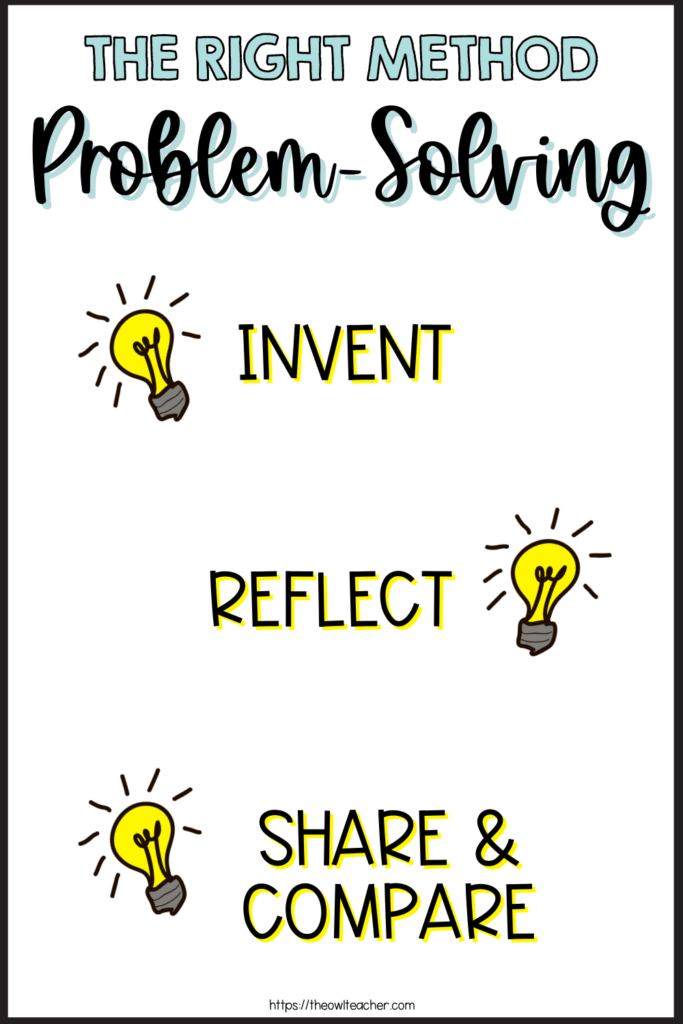 Are you utilizing the RIGHT strategies for educating problem-solving?
Are you utilizing the RIGHT strategies for educating problem-solving?
Enable Kids to Invent their Personal Methods
Let college students be free to discover, examine, battle, and be taught from each other. Encourage youngsters to resolve issues in ways in which make sense to them. I do know which will imply watching them create strategies which can be uncommon, artistic, or complicated; nevertheless, you’re additionally giving youngsters the chance to take possession of the issues, assemble connections which can be significant to them, and deepen their understanding.
As well as, permitting college students to create their very own methods permits them the grace of trial-and-error. Recognizing errors and lifeless ends is an integral a part of the educational course of! Having the ability to acknowledge a private mistake and regulate your course of is far, a lot extra impactful than merely being marked incorrect.
Have Kids Mirror on What was Achieved and Why their Actions have been Applicable
A standard technique I usually employed when learning at college was the “educating” methodology. As soon as I felt I had mastered data, I’d discover a good friend and try to “train” them concerning the topic at hand. And, hey, there’s a cause this methodology works, and it’s helpful to college students of all ages!
After your youngsters have invented a technique and solved the issue in a means they really feel is right, have them put their course of and resolution into phrases. This reflection will be finished by means of writing or speaking. This reflection makes them manage and make clear their considering in order that they will talk it clearly, which additionally deepens their understanding.
Present Frequent Alternatives for College students to Share and Evaluate Options to Issues
After college students have mirrored on what they’ve finished to resolve the issue, they need to share their course of and reply with their friends. Throughout this time, they may evaluate the methods used and the ensuing options. Whereas each the method itself and, in fact, discovering the right reply are vital, that’s not what that is about. As a substitute, it’s about serving to college students prolong and increase what they already know in order that they will be taught extra. Kids will see there may be a couple of strategy to resolve an issue, be validated, and construct long-lasting confidence to smash these math anxieties. This additionally offers you with the chance to mannequin any methods you’re conversant in.
Whereas it may be tough to relinquish educational management and even to suit this in with the numerous, many different matters you must cowl, the influence and outcomes will greater than make-up for it. It’s not about probably the most environment friendly strategy to train content material, however the simplest means for youngsters to be taught it. This methodology of embedding problem-solving into our on a regular basis curriculum past merely phrase issues is important for our kids to be taught the lasting abilities they honestly have to succeed.
 Relating to problem-solving, we needs to be asking, “What’s the best means for youngsters to
Relating to problem-solving, we needs to be asking, “What’s the best means for youngsters to
be taught this content material,” not “what’s the best strategy to
train this content material.”
Now, in case you’re prepared to check your newfound information of problem-solving do’s and don’t’s, what higher means than to toss some issues to your college students? When you’re greater than welcome to make use of the define above in your subsequent math lesson or elsewhere, one other thought is to supply your youngsters with STEM tasks. STEM is participating and covers a wide range of topics, however it will probably admittedly be intimidating, particularly in case you’re simply beginning out.
And, as at all times… Thanks for studying!



